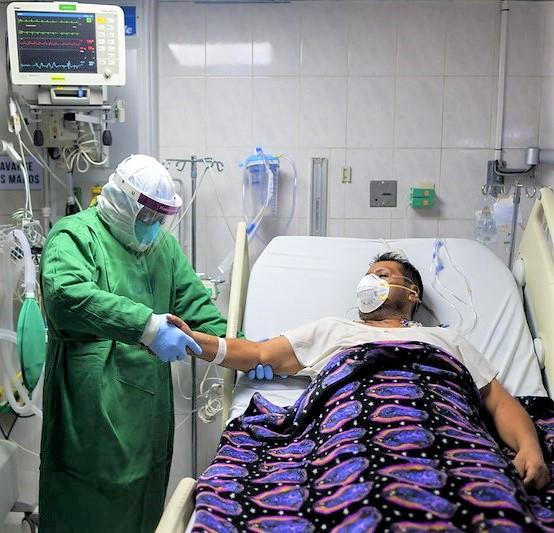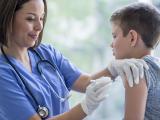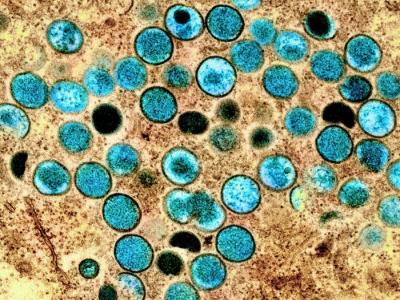Healthcare personnel (HCP) at the highest risk for COVID-19 were also the most likely to report their spotty adherence to infection-prevention (IP) protocols, finds a single-center study published yesterday in the American Journal of Infection Control.
Researchers from the National Institute for Occupational Safety and Health (NIOSH) in Pittsburgh and colleagues surveyed 191 HCP at the University of North Carolina Medical Center to identify factors that may have affected adherence to infection-control measures (eg, personal protective equipment [PPE], hand hygiene errors) during the previous 2 weeks. The survey period was July 2020 to January 2021.
The researchers also routinely observed HCP and tracked their compliance with infection measures for validation purposes.
Respondents were physicians, advanced practice providers, physician assistants, and nurse practitioners (45%); registered nurses (27%); and other (eg, therapists, dieticians, food and environmental services personnel [28%]).
Clear need for better training
PPE adherence differed by job role, with nonphysician and nonnursing HCP reporting significantly fewer errors (9.6%) than physicians (26.5%) and registered nurses (RNs; 33.3%). The most common type of nonadherence was with hand and glove hygiene; study observers noted that these protocols were followed only 40% of the time between visits to different COVID-19 patient rooms.
Risks of exposure to SARS-CoV-2 varied by job role (eg, 57.4% of RNs performed high-risk tasks, compared with nearly 29% of physicians and 38% of "other" workers). Respondents at highest risk for COVID-19 exposure were 5.74 times more likely than lower-risk workers to report nonadherence.
All three groups of healthcare personnel were at risk of SARS-CoV-2 exposure and were making errors in adherence to infection prevention protocols during the height of the pandemic.
Respondents said they had reliable access to PPE, with the vast majority indicating that they always had access to gowns (93%), gloves (99%), eye shields (98%), and face masks (98%).
"While error rates varied by job type, what this study really shows is that all three groups of healthcare personnel were at risk of SARS-CoV-2 exposure and were making errors in adherence to infection prevention protocols during the height of the pandemic," lead author Emily Haas, PhD, of NIOSH and the National Personal Protective Technology Laboratory, said in a news release from the Association for Professionals in Infection Control (APIC), which publishes the journal.
"This is a clear demonstration that we need to improve engagement in our training for emergency preparedness and to create a more strategic response that will help our healthcare workers stay safe even in times of extreme stress," she added.
APIC President Patricia Jackson, RN, who was not involved in the study, said the results revealed opportunities for improvement. "Infection preventionists can use this information in their education and outreach to strengthen preparedness for future outbreaks and to improve the safety of the day-to-day delivery of healthcare," she said.



















